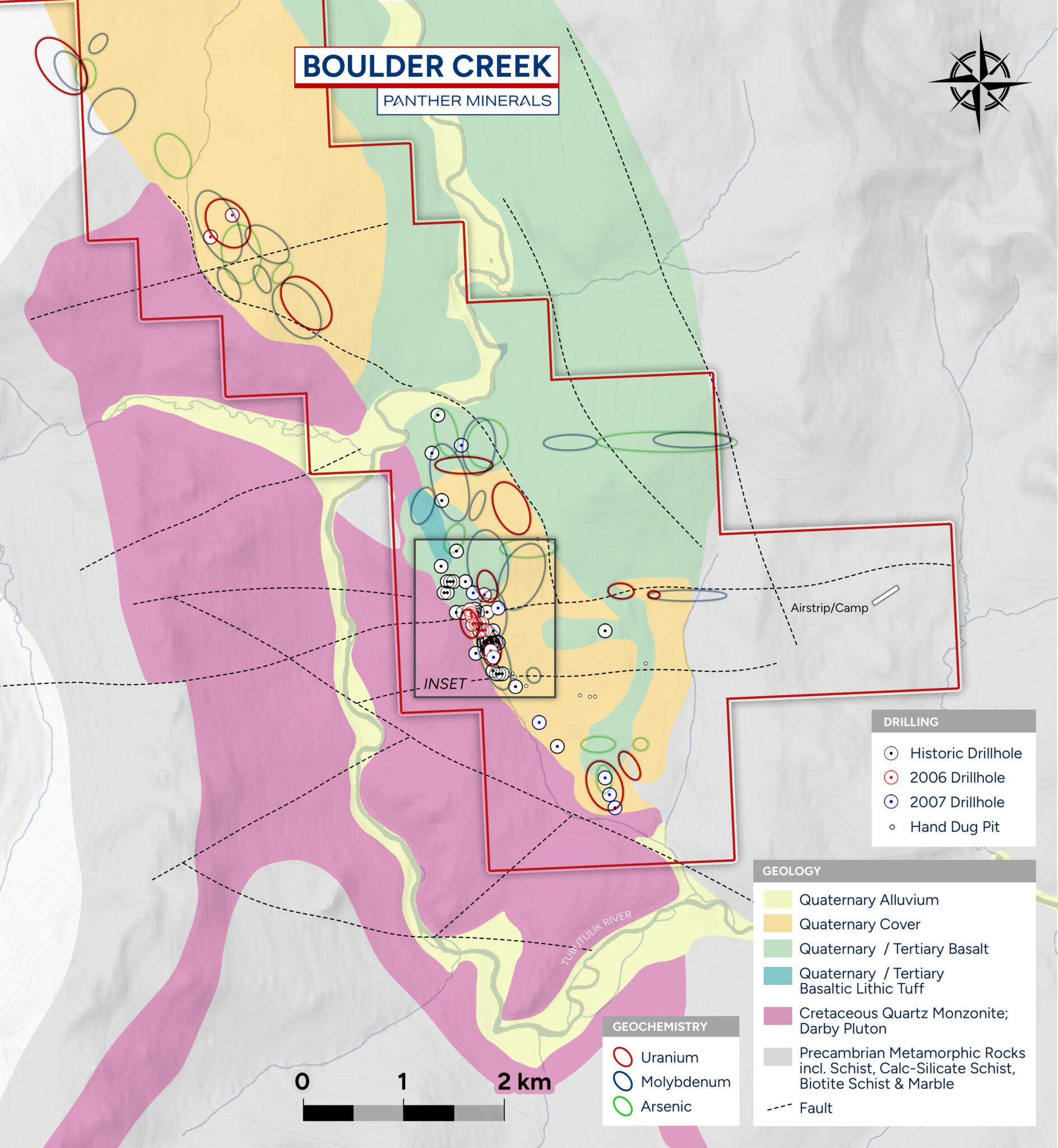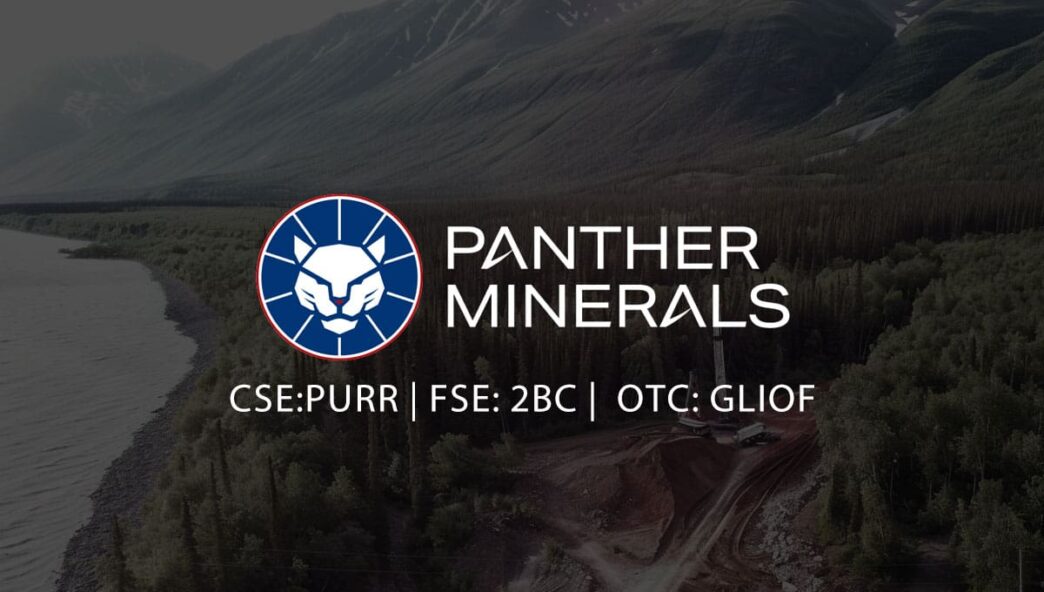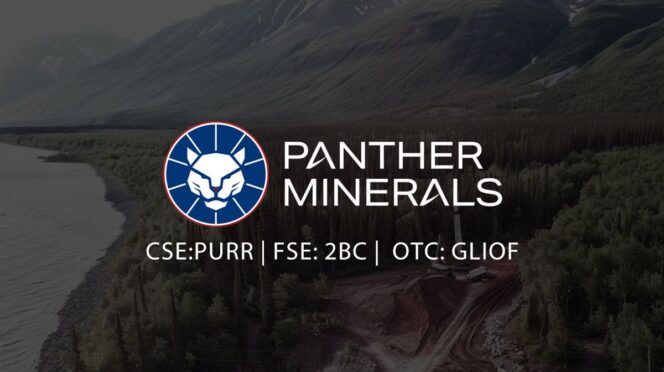Table of Contents Show
The uranium market has reached a critical juncture. Supply constraints, uranium inventory drawdowns, extension of existing nuclear power generation projects as well as the development of advanced nuclear technologies have rocketed demand levels.
Unfortunately, there are almost no safe domestic supplies for uranium. China and Russia control 60 percent of the globe’s uranium enrichment capacity, and the U.S. imports a quarter of its low-enriched uranium from Russia.
Since relations with China are spotty at best and tensions with Russia, due to its imperialist aims in Ukraine, do not seem to be easing up, onshore extraction of this fissionable material is necessary to ensure North America’s energy independence.
Bringing Uranium Production Home
To fuel this transition, the U.S. Department of Energy (DOE) proposed a $4.3 billion fund to accelerate domestic uranium production and reduce reliance on Russian uranium. States like Wyoming are providing incentives and supporting legislative actions to foster uranium mining.
To keep the entire chain local, the DOE has initiated the creation of a strategic uranium reserve, securing contracts with domestic producers to ensure a stable supply of uranium concentrates. Following this up, the U.S. Senate also approved $2.7 billion to boost domestic uranium enrichment capabilities, addressing both conventional and advanced enrichment needs.
The Biden administration also allocated $6.0 billion to prevent the premature retirement of existing reactors and $2.5 billion to support the demonstration of advanced nuclear technologies, ensuring a protected path to market.
If that wasn’t enough, the Inflation Reduction Act also provided $700 million for the HALEU Availability Program and included production and investment tax credits for both existing and new nuclear power plants.
With the U.S. government’s commitment to triple nuclear energy capacity by 2050, the potential for uranium explorers operating in the U.S. is immense and juniors like Panther Minerals Inc. are positioned to leverage this confluence of events.

Panther Minerals Inc. (CSE: PURR, OTCQB: GLIOF, FSE: 2BC) is a dedicated uranium exploration company focused on its flagship Boulder Creek Uranium Deposit located on the Seward Peninsula in northwestern Alaska. Although the Company has to define the Boulder Creek Deposit to current NI 43-101 standards, it is the largest known historic uranium deposit in the state.
Project Location and Potential
Boulder Creek Uranium Deposit
Discovered in 1977 through airborne radiometric data, the Boulder Creek Uranium Deposit is a sandstone-type structure which hosts Uranium. Initial exploration by Houston Oil & Minerals from 1979 to 1981 completed 52 core holes totaling 3,463 meters, while Triex Minerals’ exploration between 2006 and 2008 added 22 core holes totaling 2,217 meters.

Expansion and Infrastructure
The company’s strategic land package expansion from 90 hectares to 9,065 hectares enhances its potential for large-scale exploration. Existing infrastructure, including an airstrip and proximity to Elim and Nome, facilitates logistics and support for ongoing exploration activities.
Exploration and Development Strategy
Historic and Modern Exploration Efforts
Panther Minerals leverages over $3.5 million previously spent on exploration to further develop Boulder Creek. The historical estimate, although non-compliant with NI 43-101 standards, suggests 1 million lbs of U308 at a grade of 0.27%. The company plans a comprehensive summer 2024 drilling program to confirm these estimates and explore new targets.

Fireweed Target (Boulder Creek 2.0)
The Fireweed target, located 25 kilometers north of Boulder Creek, shows stronger and more widespread airborne radiometric anomalies. Initial exploration includes 22 line-kilometers of surveying, 230 soil samples, and five exploratory drill holes. This discovery warrants extensive follow-up work.

Future Outlook and Potential
The Boulder Creek and Fireweed targets present significant potential for new discoveries. By reassessing historical data with modern exploration technology, Panther Minerals aims to unlock substantial value from these projects.
The company is committed to sustainable exploration practices while working with local stakeholders and aims to establish itself as a source of onshore US uranium. The upcoming summer drilling program will be crucial in confirming resource estimates and identifying new targets.
Recent Developments
- Panther Minerals Closes Second Tranche of Private Placement: raising capital to fund ongoing exploration activities. Read more
- Panther Minerals Initiates Permitting for Summer 2024 Field Program: The company has begun the permitting process for its 2024 summer field program at the Boulder Creek Uranium Property, signaling a commitment to advancing exploration efforts. Read more
- Panther Minerals Significantly Expands Footprint of the Boulder Creek Uranium Property: Panther Minerals has expanded its land package around Boulder Creek, increasing its exploration potential and strategic positioning. Read more
- Permitting for Summer 2024 Field Program: Panther Minerals has initiated the permitting process for its summer 2024 field program at the Boulder Creek Uranium Property, signaling its commitment to advancing exploration efforts. Read more
- Expansion of Boulder Creek Property: Panther Minerals significantly expanded its land package around Boulder Creek, increasing its exploration potential and strategic positioning. Read more
Conclusion
Panther Minerals stands out in the Uranium sector due to its strategic project location, experienced management team, and significant exploration potential. With the growing global demand for clean energy, Panther Minerals is well-positioned for substantial growth.
Stay updated on Panther Minerals’ progress by subscribing to our newsletter. The company’s potential for significant growth makes it an attractive opportunity for those interested in the Uranium sector.
What is the Boulder Creek Uranium Property?
The Boulder Creek Uranium Property is a uranium exploration project located on the Seward Peninsula in northwestern Alaska. It hosts the state’s largest known uranium deposit, with a historical estimate of 1 million lbs U3O8 at an average grade of 0.27%.
What exploration work has been conducted at Boulder Creek?
Previous operators, including Houston Oil & Minerals and Triex Minerals, have completed over 70 core holes totaling more than 5,600 meters of drilling at Boulder Creek. Panther Minerals is planning a comprehensive summer 2024 exploration program to confirm historical estimates and test new targets.
Why is the Boulder Creek Uranium Property significant?
The Boulder Creek Uranium Property represents a potential domestic source of uranium for the United States, which currently imports 90% of its uranium requirements. With growing demand for clean energy and a focus on securing domestic supply chains, projects like Boulder Creek are attracting increased attention from investors and policymakers.
What are Panther Minerals’ plans for advancing the Boulder Creek project?
Panther Minerals is currently permitting its summer 2024 exploration program, which will include diamond drilling, geochemical sampling, and geophysical surveys. The company aims to confirm historical estimates, expand known mineralized zones, and identify new targets across its recently expanded land package. Panther Minerals is also evaluating infrastructure requirements and engaging with local stakeholders as it progresses the project.




